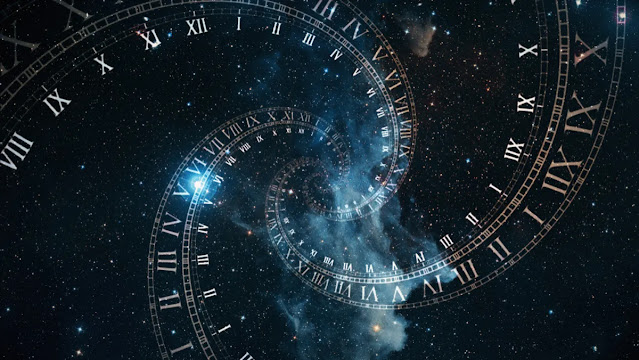Professor Carlo Cafaro of SUNY Poly’s Department of Mathematics and Physics and Professor Paul M. Alsing of the Air Force Research Laboratory in Rome, NY have written an article together for The European Physical Journal Plus.
The theoretical study “Bures and Sjöqvist Metrics over Thermal State Manifolds for Spin Qubits and Superconducting Flux Qubits,” of which Cafaro is the principal author, is both straightforward and helpful. It mixes quantum physics ideas with differential geometry concepts to explain in plain English why two distinct measures of mixed quantum states are necessary for quantum information technology.
Recent years have seen a rise in theoretical interest in the connections between differential geometry, statistical physics, and quantum information science.
Cafaro and Alsing’s study provides an explicit examination of the Bures and Sjöqvist metrics over the manifolds of thermal states for the spin qubit and the superconducting flux qubit Hamiltonian models. As the inverse temperature tends to infinity in the asymptotic limiting case, both metrics reduce to the Fubini-Study metric, but after you leave the zero-temperature limit, you’ll notice that they diverge significantly.
In their discussion of the superconducting flux Hamiltonian model, Cafaro, and Alsing address this difference.
They conclude that there is a difference between the two metrics when non-classical behavior, as defined by the non-commutativity of adjacent mixed quantum states, is present. In turn, the two metrics provide distinct measures of this non-commutativity. Finally, Cafaro and Alsing briefly examine the potential observable repercussions of utilizing these two measures differently when trying to forecast crucial and/or complex behavior of physical systems of interest in quantum information science.
.jpg)
